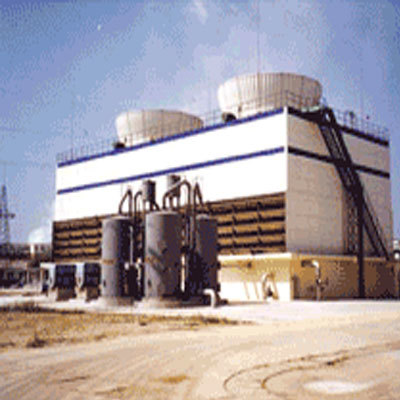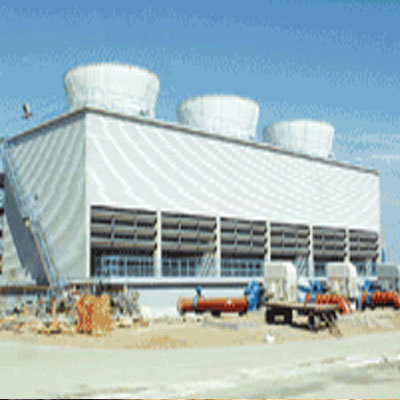Products
-
Industrial wastewater treatment
-
Fiberglass Cooling Tower Series
-
Industrial combined concrete structure countercurrent square hollow tower
-
Industrial combined steel structure countercurrent square hollow tower
-
Industrial combined concrete structure cross-flow square tower
-
Industrial combined concrete structure countercurrent turbid water square tower
-
Industrial combined concrete structure counter-flow square tower
-
Standard combined steel structure countercurrent square tower
-
Industrial combination steel structure countercurrent turbid water square tower
-
Industrial combined steel structure countercurrent square tower
-

EGSB anaerobic treatment technology
- Commodity name: EGSB anaerobic treatment technology
- Description
-
EGSB anaerobic treatment technology is the third generation anaerobic reactor developed after the first generation anaerobic reactor AC, the second generation anaerobic reactor AF, and UASB. EGSB first degrades high molecular weight organic matter into organic acids through the action of anaerobic microorganisms in the reactor, and then, under the action of methanogenic bacteria, it is ultimately decomposed into CH4, CO2, and water, thereby achieving the goal of removing pollutants. Due to its high upward flow rate, abundant anaerobic bacteria, and swollen granular sludge, it can adapt to the treatment of high concentration organic wastewater, and its volumetric load and CO2 removal rate are both high. The flood EGSB reactor consists of an inlet water distribution system, a reaction zone, a three-phase separator, an outlet circulation system, a drainage system, an air chamber, a floating slag removal system, and a sludge discharge system. The reactor is equipped with a certain amount of granular sludge carrier. When organic wastewater and its generated biogas flow from bottom to top through the granular sludge bed, different relative movements occur between the carrier and the liquid, resulting in different working states of the bed. When the upward flow rate on the liquid surface of the wastewater is low, the granular sludge in the reactor remains relatively stationary, and the wastewater passes through the gaps between the particles. The porosity of the bed remains stable, but its pressure drop increases with the increase of the upward flow rate on the liquid surface. When the flow rate reaches a certain value, the pressure drop is equal to the weight of the carrier per unit bed layer. Continuing to increase the flow rate, the gaps in the bed layer begin to increase, and the bed layer also expands accordingly, but the carriers still maintain contact with each other: when the liquid surface rises above the critical fluidization velocity, the sludge particles are in a suspended state, and the particle bed is fluidized. Continuing to increase the inlet flow rate also increases the porosity of the bed layer, but the pressure drop in the bed layer is relatively stable:
The working area of EGSB reactor is in the early stage of fluidization, namely the expansion stage (with a volume expansion rate of about 10-30%). Under these conditions, the inlet flow rate is low. On the one hand, it can ensure sufficient contact and mixing between the inlet matrix and sludge particles, accelerate the biochemical reaction process, and on the other hand, it is conducive to reducing or eliminating the common bottom load overload in static beds (such as UASB), increasing the reactor's ability to withstand organic loads, especially toxic substances.
Related Products
Welcome your message consultation
Our staff will contact you within 24 hours (working days). If you need other services, please call the service hotline: +86-510-87877888











